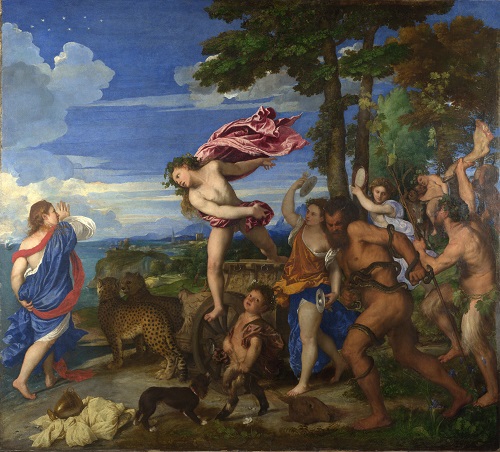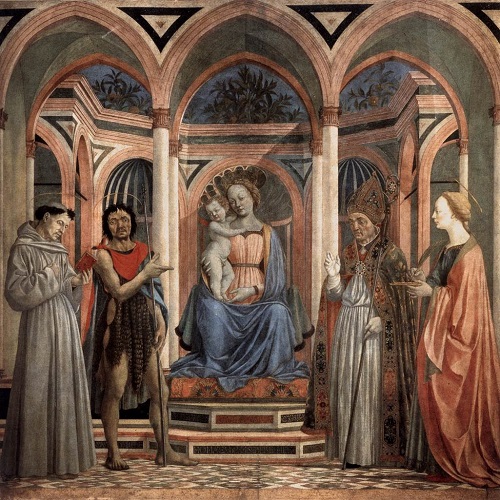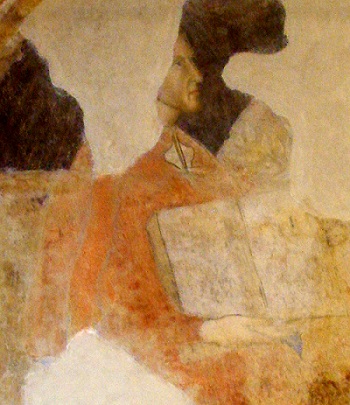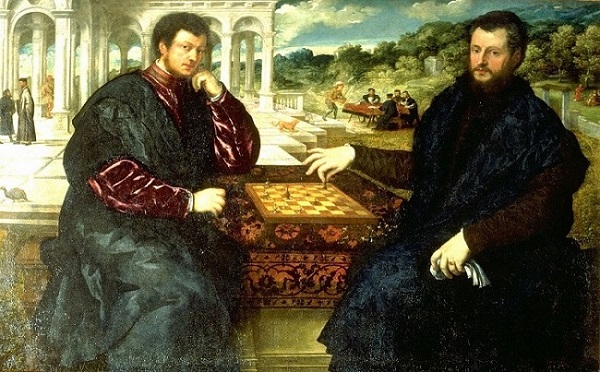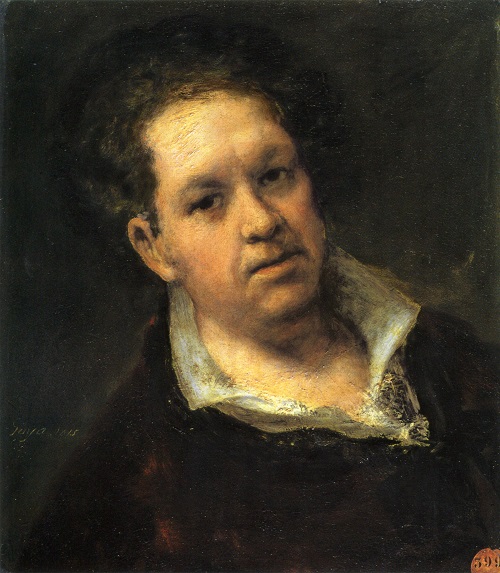
The body of the Spanish artist Francisco de Goya, lies buried in the small, superb Hermitage of San Antonio de la Florida – but only his body, as his head has never been found.
There has been numerous theories concerning the fate of Goya’s skull, and among them two, equally strange, are considered to be the most plausible.
The first involves the Asturian painted Dionisio Fierros (1827-1894). According the Goya’s biographer, Antonina Vallentin, in the mid nineteenth century a canvas painted by Fierros bore the following inscription: “Goya’s skull painted by Fierros in 1849”. Vallentin’s research led her to Fierros’s widow and grandson, who claimed that there was a skull in the painter’s studio and it could have belonged to Goya. Unfortunately, the painting disappeared without leaving a trace. However according to the book by Vicente Puelles, El craneo de Goya, the skull remained in Fierros’s studio until one of his nephews, a student in medicine, decided to perform some experiments on the expansive force of gases by soaking some chickpeas in the alleged skull of Goya. The skull broke, and the nephew, not knowing what to do with the remnants, gave them to a dog to gnaw on,
The main character in the other theory is Doctor Laffargue, a friend of the artist, who was authorised by Goya to cut of his head upon his death in order to pursue his studies in phrenology (the analysis of the character of the individual according to the shape of their skull), a field which was very much in vogue at the time. The skull may have been sent from Bordeaux to Paris, but was then lost.
There is a more romantic version: Goya asked the executors of his will to sever his head after his death and bury it in Madrid, next to the right foot of the Duchess of Alba, who was the love of his life.
But none of these theories could have been formulated without Joaquin Pereyra, the Spanish Consul in Bordeaux from 1880. It was there that Pereyra discovered the tomb of Francisco de Goya y Lucientes in Chartreuse cemetery and who was amazed to discover, on exhumation, a body without a head.
Goya’s headless corpse had to wait nearly nineteen years before it was reinterred. Pereyra did everything in his power, but the administrative services were unwilling to pay for repatriation or a funeral service worthy of this artistic genius.
Whatever the truth….. it is a strange but fascinating story!





